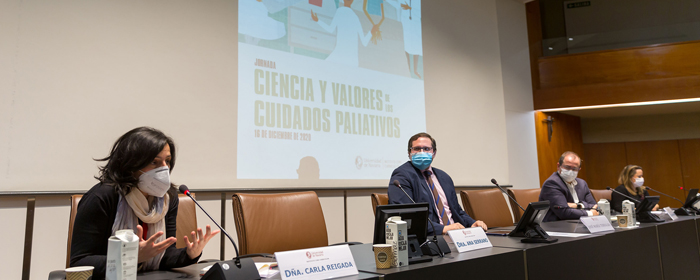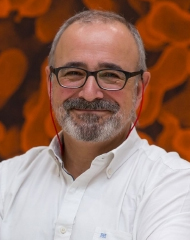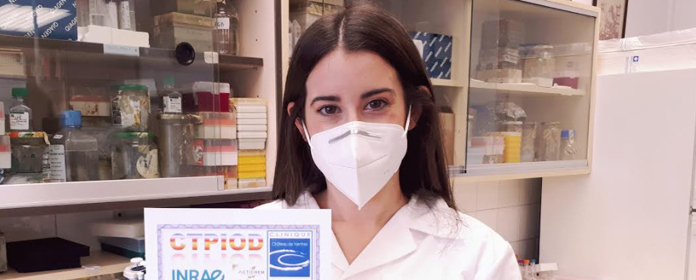Main projects of research of the Center for Telecommunication and Microelectronics
Engineers seeking to improve medical diagnostics
The new infrastructure will enable fundamental progress to be made at research in biology and medicine using tools such as computation and microsystems. As opposed to in vivo and in vitro experimentation methods, progress is being made towards in silico biology (alluding to the silicon present in computers).
partnership The CEIT, in close collaboration with the research center Applied Medicine (CIMA) of the University of Navarra, has a line of study in bioinformatics that tries to give scientific interpretation to the processed biological information. It also seeks to develop techniques for early diagnosis of diseases and possible therapeutic targets. Currently, the researchers' work is focused on the study of a hepatitis subject that degenerates into cirrhosis and liver cancer, as well as on the search for early markers of lung cancer.
Another line of research consists of the design of cochlear implants. Javier Gracia, leader of the team that brings together engineers and physicians from CEIT, CIMA and the University Clinic, explained that this interdisciplinary partnership has enabled the University of Navarra to clinically test "a new solution consisting of a flat electrode guide that can be implanted in the patient in a minimally invasive way". In this way, through micro and nanotechnological techniques, "the employment of implants with intracochlear electrodes, used up to now and which implied the total loss of the auditory remains", is avoided.
Finally, within this area, research is being carried out on a new biodiagnostic system for the detection and response to chemotherapy in colorectal cancer. "It is a system for rapid, selective and highly sensitive analysis," said Javier Gracia.
The Campus Tecnológico of the University of Navarra has been collaborating for a decade with one of the leading European centers of research , the high school Fraunhofer of Erlangen (Germany), discoverer of the popular MP3 system. "Thanks to the relationship between the two centers, we now have joint teams dedicated to the development of digital radio receivers with a double feature: they are cheaper and consume less power," said Andrés García Alonso, top manager of this line of research.
The expert, director of the Telecommunications department of CEIT, added that his group is also immersed in the development of the DRM (Digital Radio Mundiale) system, "which will replace AM frequency broadcasts". For this purpose, the new center has one of the most innovative models in Spain of the APTIX prototyping platform, which allows testing the correct operation of digital circuits before their manufacture.
Likewise, from the Campus Tecnológico of the University of Navarra, work is being done on the design of communication systems with the best possible performance, in terms of transmission speed and storage capacity. Led by Pedro Crespo, one of the members of the team that patented ADSL, the group of Communication Systems studies the limits of digital compression in systems such as cellular mobile communications, digital television, broadband transmission over physical media channels, multitrack magnetic storage, etc.
For example, one of the objectives is to "develop the necessary technology to be able to broadcast video and television signals wirelessly to an entire house through a single reception point in a home," said Pedro Crespo.
This expert spent 14 years at Bell Laboratories in the U.S., where he developed the work that led to the ADSL patents. "Now, at the University of Navarra, my team is trying to achieve the same technology we developed back then, but without the need for cables.





